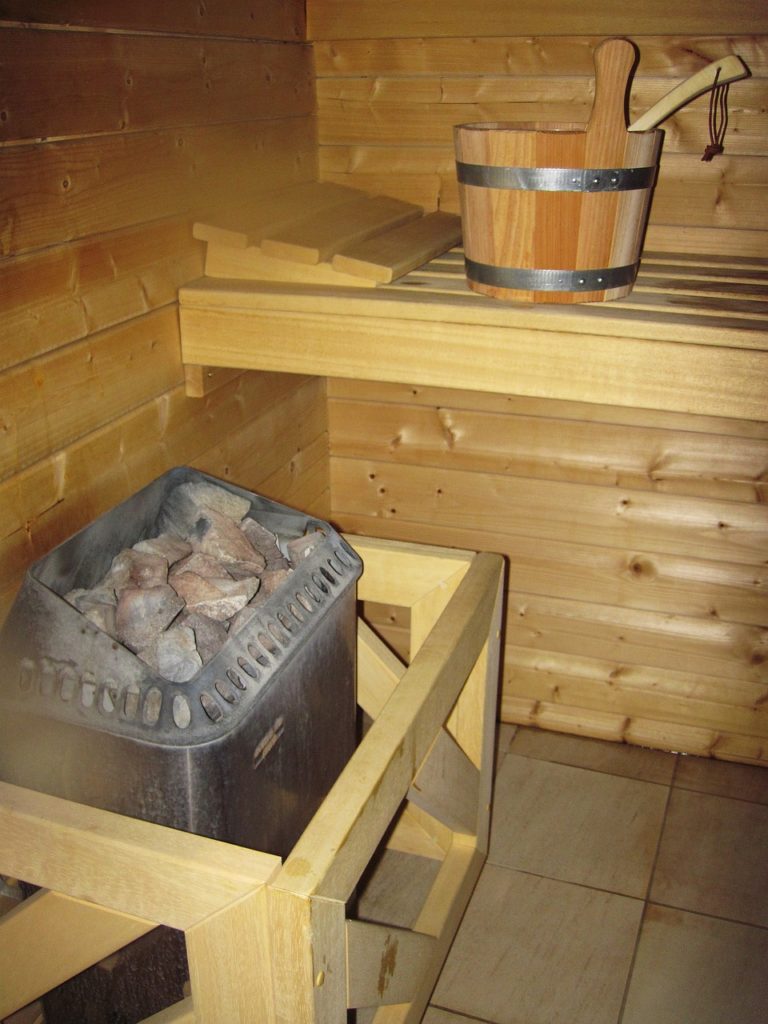
If you want to have a sauna in your home, you also need a heater. Without that, all you have is a wooden room. Now, a wooden room is not without its charm, but that isn’t the point of a sauna!
The problem is, however, that there are so many different sauna heaters to choose from. The four main types you need to consider are:
-
The electric heater.
-
The wood burning heater.
-
The infrared heater.
-
The oil and gas heater.
Let’s take a look at these four different heaters and what their pros and cons are.
1. The Electric Sauna Heater
Electric heaters are by far the most popular of the different sauna heaters. This is because it is very easy to control them, particularly in this day and age with touch pads that show the thermostat and the timer. They even have a light switch. Furthermore, they are very efficient so you don’t have to worry about a massive electricity bill either.
2. The Wood Burning Sauna Heater
If you have a property near the country side, or another way to easily access fire wood, then you may want to choose a wood burning heater. That is the original sauna heater, but it is not overly practical anymore. Most people who use this type of heater have an outdoor sauna. The problem with these heaters is that you don’t have control over the temperature. Furthermore, you do have to be mindful of smoke.
3. The Infrared Sauna Heater
The infrared sauna heater is one of the most modern types of heaters, and one that is gaining in popularity. It is sad that these types of heaters also give you the greatest health benefits since the energy actually penetrates the skin. What is interesting is that the air in the sauna does not get hot, only your body does. Some people find this a lot more comfortable. On the other hand, it doesn’t have that authentic sauna feel to it.
4. The Oil and Gas Sauna Heater
These are the least popular heaters out there, but they are also often the cheapest to purchase, mainly due to that lack of popularity. However, as cheap as they may be to purchase, they are incredibly inefficient, which means they are very expensive to run. Not just that, the burning fuel smells quite badly, particularly if there is no good ventilation. Additionally, this is the least green of all the options, since you are using a lot of fossil fuels.
There you have it, your four different options. Each has their own pros and cons, and only you can decide which one is right for you. It all depends on where your sauna is, what you want to use it for, how comfortable you are with heat, your views on sustainability, and your budget. Spend some time comparing your options before you make a final decision. Whichever option you choose, however, you will be ready to enjoy a sauna in no time.